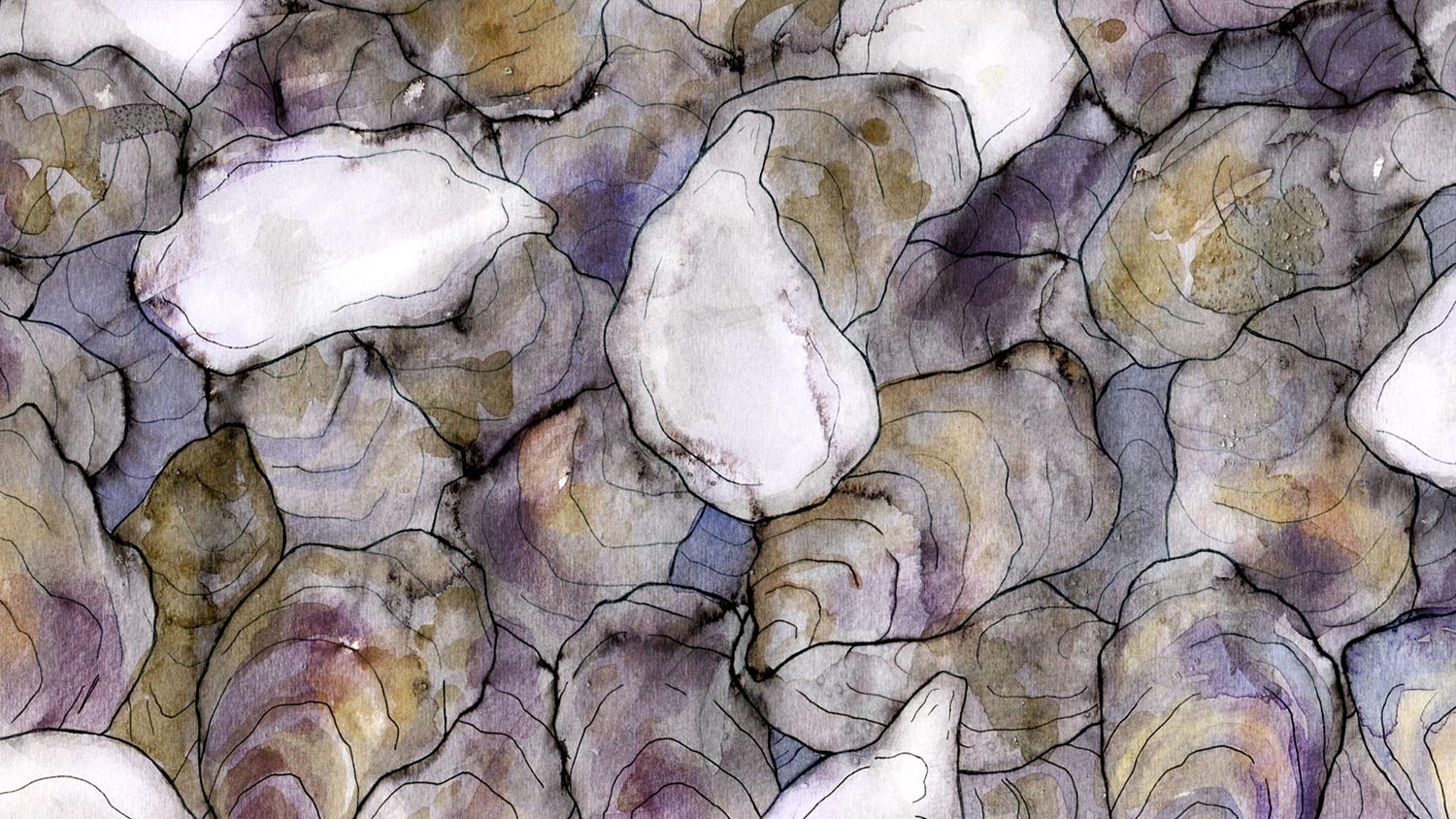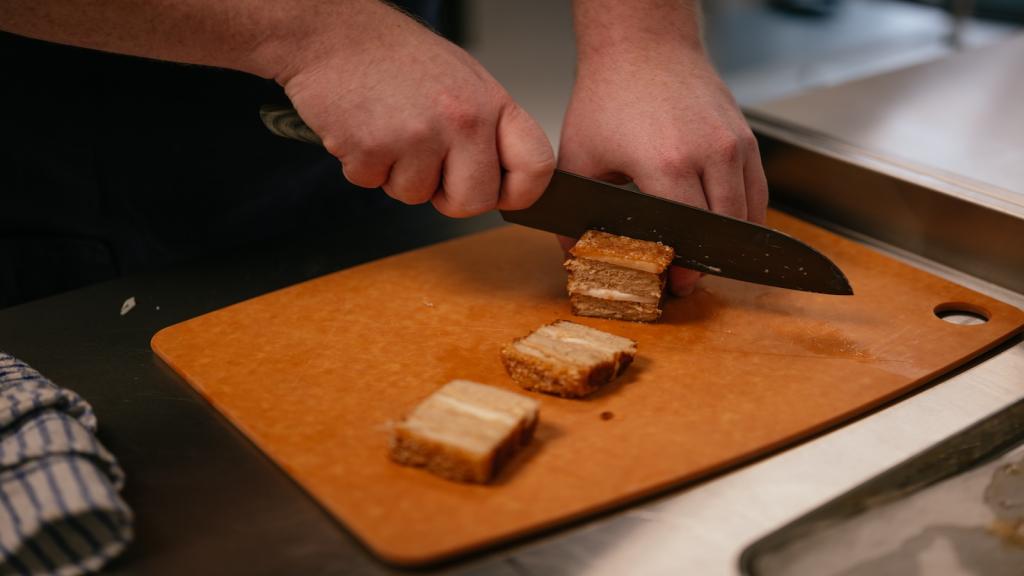Editor’s note: This post is excerpted from a new Grist special report, “Half-Shell Hero: How the humble oyster is reviving a regional economy and helping to heal one of America’s great wild-food factories.” Read the full report here.

That gelid ocean essence and salty burst of supple flesh — there’s no more intimate encounter with the sea than eating a raw oyster. Just as soil gives wine its own terroir, subtle differences in waters and farming techniques impart oysters with a “merroir” of their own. And oyster connoisseurs, just like all the oenophiles you pretend to understand, have their very own lingo. Here’s a quick cheat sheet so you can hang with the cool kids next time you visit the raw bar:
- Brine: simply put, an oyster’s saltiness. East Coast oysters like Blue Points and Chincoteagues typically have more of it than their sweet, West Coast counterparts.
- Creaminess: Oysters gain a more buttery or creamy taste as they approach spawning in the summer.
- Crispness: Cold waters slow down an oyster’s metabolism, leading to crisper, sweeter bivalves. As waters warm down the coast, oysters become meatier and more briny.
- Finish: Kumamotos from California and Washington, for example, leave a faint taste of honeydew melon on the tongue. Olympia oysters on the West Coast are slightly smoky, metallic, or coppery.
- Liquor: This refers to the delicious natural juices inside the shell, the essence of the sea. A true oyster connoisseur always slurps the liquor with the animal itself.
- Merroir (pronounced “mare-wáh”): This refers to the flavors imparted in an oyster by the particular waters and conditions in which it grew.
- Naked: Old timers may dip their oysters in cocktail or mignonette sauce, but purists stick to a squeeze of lemon, or prefer to eat their oysters naked, without any sauces at all.




